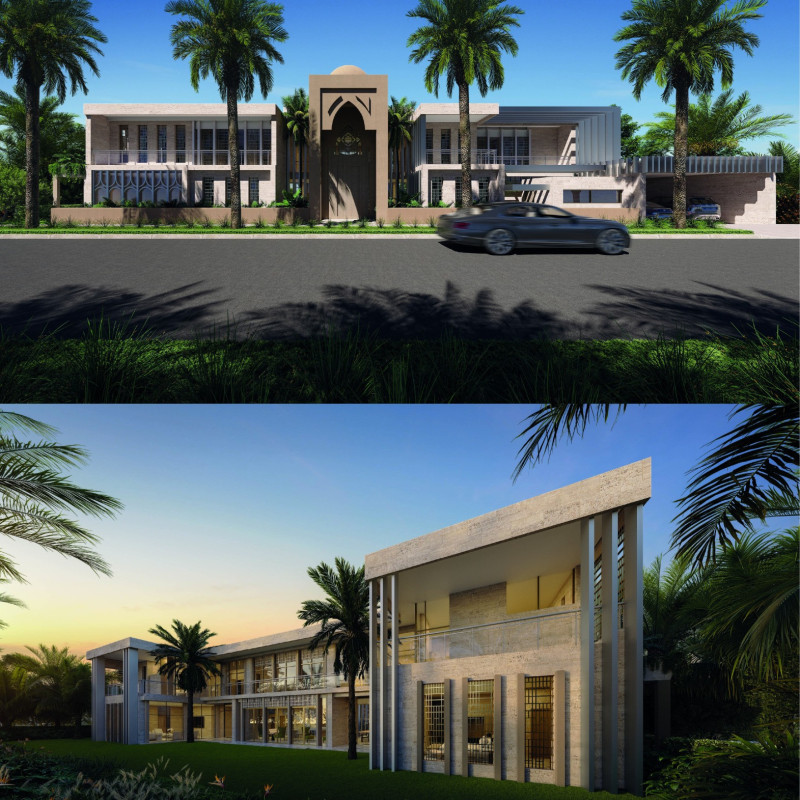5 key facts about this project
The design prioritizes a seamless flow between indoor and outdoor spaces, allowing natural light to illuminate living areas while providing a connection to the surrounding landscape. Large windows and open-plan layouts characterize the architectural design, fostering a sense of openness that blurs the boundaries between the exterior and interior. The spatial organization is carefully considered, with private living quarters situated away from communal areas, ensuring both tranquility and connectivity.
Material selection plays a crucial role in the overall expression of the architecture. The use of reinforced concrete in structural elements ensures durability, while triple-glazed low-emissivity glass enhances energy efficiency. This environmentally conscious choice reduces heating and cooling demands, demonstrating a commitment to sustainable living. Additionally, sustainably sourced cedar wood used for the cladding brings warmth and texture to the façade, contributing to the building's ecological qualities. Steel elements form the framework, providing strength while allowing for expansive window designs that invite ample natural light.
The facade design is notable for its interplay of textures and materials, creating visual interest while remaining harmonious with the natural surroundings. This thoughtful integration of materials not only fulfills functional requirements but also enhances the building's overall character. Architectural features such as deep overhangs and incorporated shading devices mitigate solar gain, further reflecting a proactive approach to environmental efficiency.
Unique approaches within this architectural concept include the incorporation of green roofs and vertical gardens. These elements not only aid in thermal performance but also promote biodiversity and enhance air quality. The design employs rainwater harvesting systems, showcasing an innovative method for resource conservation. The blend of green infrastructure with contemporary architectural practices encapsulates a modern ethos of environmental stewardship.
Additionally, the project's layout encourages community interaction. Shared spaces, such as communal gardens and gathering areas, foster a sense of belonging among residents. By situating these spaces strategically, the design invites both social engagement and individual reflection, making it a dynamic environment for its inhabitants. The careful consideration of community needs in the architectural design strengthens the project's role as a multifunctional space.
This architectural endeavor reflects a synthesis of contemporary design practices with environmental awareness, creating a balanced habitat that respects its surroundings while promoting a high quality of life. The interplay of spaces, materials, and community-oriented elements creates a holistic experience for those who inhabit the building.
Readers are encouraged to delve into the architectural plans, sections, and ideas that shape this project. Exploring the intricate details will provide a deeper understanding of the design concepts and innovative solutions implemented throughout the architecture, which highlights a forward-thinking approach within the realm of modern design. Engaging with these elements can illuminate the commitment to sustainability and community integration that defines this notable architectural project.


 Soufiane Doukkali
Soufiane Doukkali 























